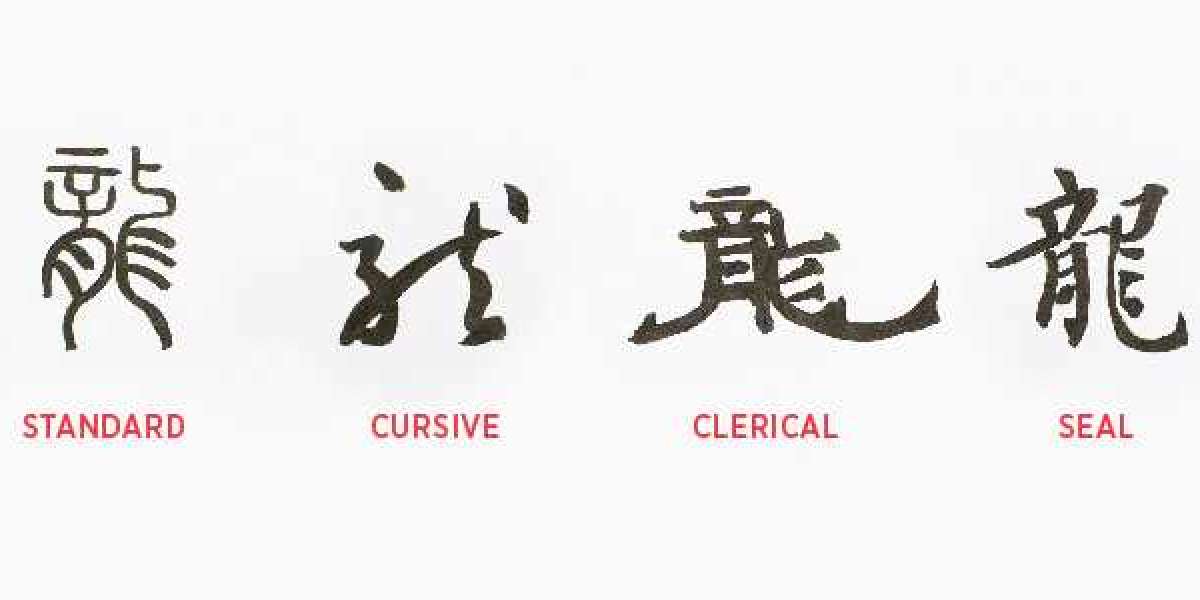Chinese calligraphy defination, known as 书法 (shūfǎ), is the artistic practice of writing Chinese characters with a brush and ink. This traditional art form transcends mere writing; it combines aesthetics, philosophy, and cultural expression. Calligraphy emphasizes the beauty of form and the fluidity of movement, making it both a visual and a literary art.
Key Components
- Brush: The primary tool used in calligraphy, allowing for varied stroke thickness and texture.
- Ink: Typically made from soot and animal glue, it provides rich, deep blacks and is applied using an ink stone.
- Paper or Silk: The medium on which characters are written, each offering different textures and absorbency.
Historical Context
Chinese calligraphy has a history that extends over 2,500 years, evolving through various dynasties and styles. From the early scripts found on oracle bones to the refined forms of the Tang and Song dynasties, calligraphy has played a significant role in the cultural and artistic identity of China.
Evolution of Styles
- Seal Script (篆书): One of the oldest forms, characterized by its intricate and decorative style.
- Clerical Script (隶书): More straightforward and practical, emerging during the Han Dynasty.
- Regular Script (楷书): The most widely used style today, known for its clarity.
- Running Script (行书): A semi-cursive style that balances speed with legibility.
- Cursive Script (草书): Highly stylized and fluid, often challenging to read.
Significance of Chinese Calligraphy
Cultural Importance
Chinese calligraphy is deeply woven into the cultural fabric of China. It is considered a reflection of the artist’s personality, emotions, and intellect. Mastery of calligraphy is often associated with scholarly achievement and moral character.
Philosophical Connection
Calligraphy embodies key philosophical concepts such as harmony, balance, and the unity of man and nature. Each stroke is seen as a manifestation of the writer's inner thoughts and feelings, making the act of writing a meditative practice.
Artistic Expression
As an art form, Chinese calligraphy emphasizes aesthetic beauty, with each character serving as a canvas for creative expression. The combination of brushwork, ink, and paper creates a dynamic interplay of form and meaning, inviting viewers to engage with the artwork on multiple levels.
Conclusion
Chinese calligraphy is more than just a method of writing; it is a profound art form that encapsulates the essence of Chinese culture and philosophy. Its historical evolution, stylistic diversity, and cultural significance make it a vital part of China's artistic heritage, inspiring appreciation and practice among artists and enthusiasts worldwide. Through the graceful movements of the brush and the beauty of the characters, Chinese calligraphy continues to resonate as a timeless expression of art and identity.








